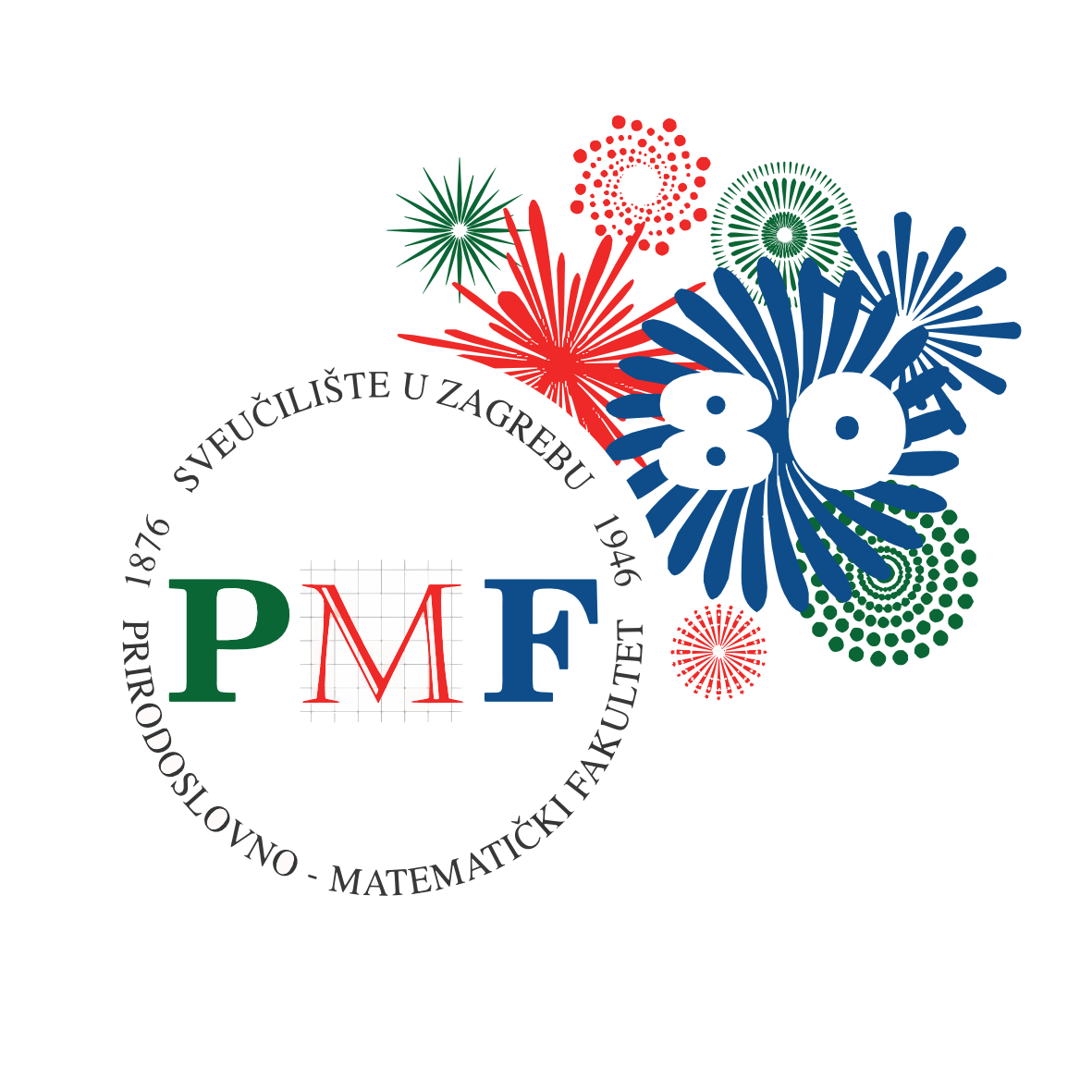The Division of Theoretical Physics has a rich history of its development and activities in research and teaching. Higher education in physics in Zagreb began in the 17th Century (History of the Physics Department). At the Jesuit high school in Zagreb, in 1662 the philosophical course has been established, where in 1664 Stjepan Glavač (1627-1680) taught physics. Physics lectures are held to the same extent after 1669, when the Jesuit Academy has acquired all the rights and privileges of the university. In 1757 the Church removes ban on teaching about the motion of the Earth and it comes to a turning point in the theoretical lectures. The dissertations are starting to address validity of the Copernican system, discuss Newton's and Bošković philosophy of nature and theories of forces and structure of matter.
The Academy was run by the Jesuits for more than a century, until the Jesuit order was dissolved by Pope Clement XIV in 1773. In 1776 Empress and Queen Maria Theresa issued a decree founding the Royal Academy of Science (Regia Scientiarum Academia) consisting of three studies or faculties - Philosophy, Theology and Law. The first professor of physics at the Academy was Antun Kukec until 1797. In 1876 begins organized research and teaching of natural sciences. On the renewed University of Zagreb, in 1918 a Division for theoretical physics was established. The first professor of theoretical physics has become Ladislav Stjepanek. On 18th of February 1920, the Commission for Education and Faith established at the Faculty of Philosophy a Theoretical Physics Seminar, led by Dr. Ladislav Stepanek and also supported by Dr. Vladimir Vrkljan (1894-1974).
The Science Department of the Faculty of Philosophy attained the status of Faculty in 1946, when the Faculty of Science was established, including the Institute for Theoretical Physics led by Dr. Ivan Supek. In 1959 the Institute for Theoretical Physics became the Division of Theoretical Physics, spanning a range of new educational and research fields, with special focus on the quantum theory. Research fields of the Division significantly expanded, resulting in the original scientific contributions in classical physics, atomic physics, solid state physics, nuclear physics, elementary particle physics and biophysics.
Members of the Division of Theoretical Physics established a modern computer center that follows developments of new technologies, and provides resources for theoretical research involving advanced scientific computing. In addition, members of the Division played a major role in the establishment of the Central Library for Physics, now working within the Department of Physics. Members of the Division have also developed a number of high school and university textbooks. Successful educational work of the Division of Theoretical Physics is reflected in the relatively large number of M.Sc., and Ph.D. theses in theoretical physics, and many former students have achieved successful scientific careers in scientific institutions and universities in Croatia and abroad. Since 2013, the Division of Theoretical Physics represents one of three theory divisions at the Physics Department, Faculty of Science of the University of Zagreb. Fields of research of the Division of theoretical physics include atomic and nuclear physics, optics and photonics, physics of condensed matter, and biophysics.
Members of the Division of Theoretical Physics regularly publish papers in leading international scientific journals, including journals with the highest impact factor, Nature, Cell, Physical Review Letters, Physical Review A,B,C,E, etc. By their quality and originality, a large number of publications attracted considerable interest in the international scientific community and received remarkable number of citations (since 2012 more than 800 citations yearly - ISI Web of Science). Due to successes in their research work, members of the Division regularly participate as invited speakers at prestigious international conferences and lead a number of competitive research projects and agreements on international scientific cooperation.

 Pristupačnost
Pristupačnost